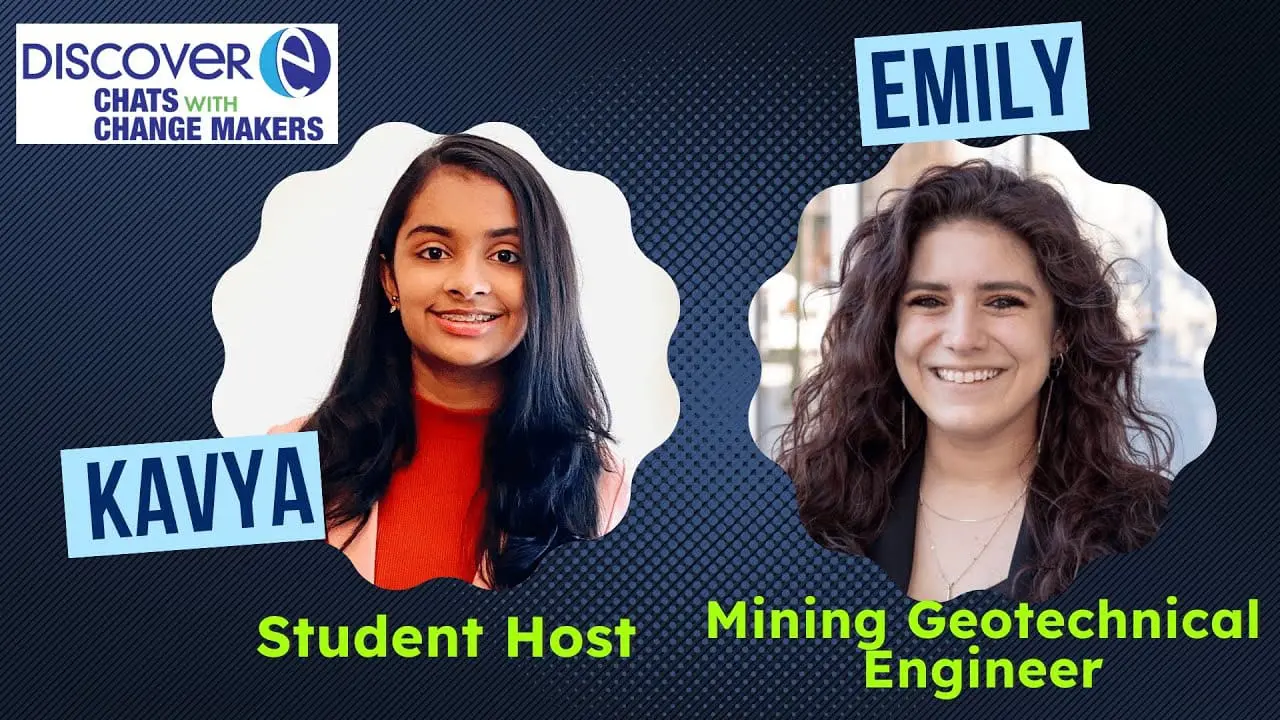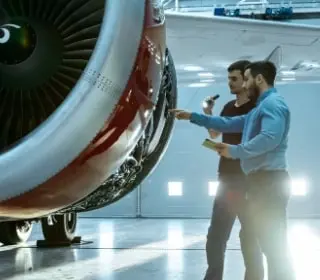
Aerospace

Agriculture & Biosystems
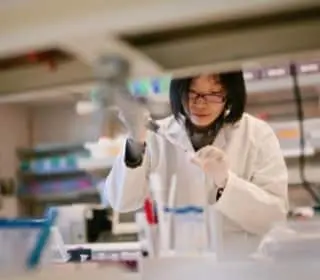
Biomedical

Chemical
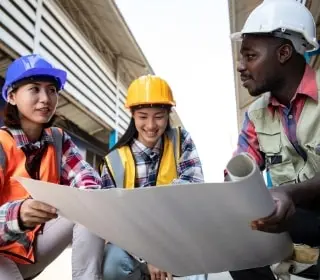
Civil

Computer Science

Electrical
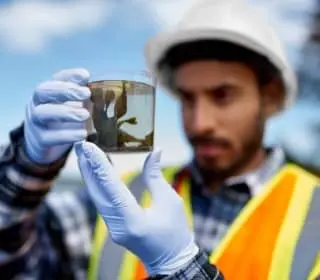
Environmental
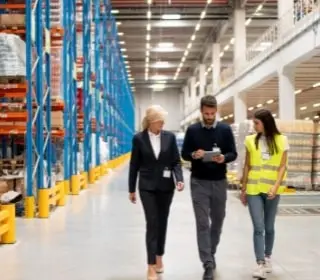
Industrial
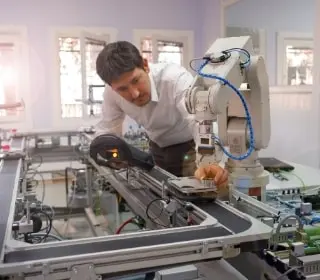
Manufacturing

Materials Science
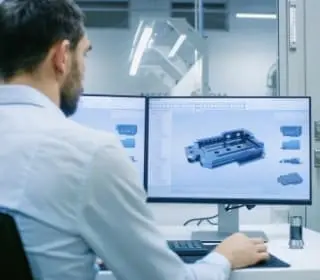
Mechanical
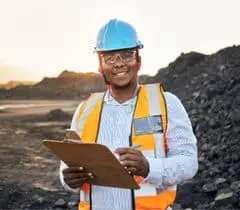
Mining & Metallurgical
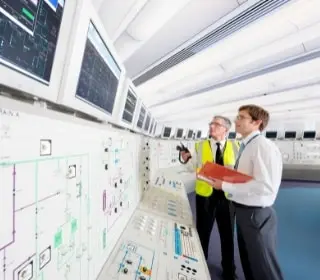
Nuclear
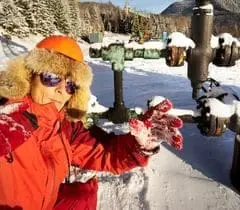
Petroleum
Project Management
Mining and Metallurgical Engineering

What do you do as a mining or metallurgical engineer?
Do you want to work outside? In an office? Underground? In an office underground? Mining and metallurgical engineers are the people who safely find, extract, and work to transform raw materials in today’s products. With a strong grounding in geology and engineering, you can design mines, create ventilation systems, and develop ways to minimize the impact of mining on the environment. Or you might discover new ways to use lithium in longer lasting and safer batteries, use molybdenum’s incredible heat resistant properties to design more energy efficient jet engines, or study copper’s antimicrobial properties and develop new medical devices. Careers in mining and metallurgy offer the opportunity for travel, a good income, and the ability to make a difference in your local community and around the world.
Mining and Metallurgical Engineering Overview
$97,090
7,500
Number of jobs in 2021
2%
Job growth over next 10 years
Jobs and education
4-year degree:
- Keep habitats and communities safe by designing strategies to mitigate environmental impacts.
- Design underground mines that keep workers safe.
- Evaluate new and existing mining site locations for geological hazards, potential environmental impacts, and opportunities to harvest mineral and energy resources.
- Create new environmentally sustainable ways to separate minerals that use less water and electricity.
2-year degree:
- Measure and map mines, above and below ground, to set boundaries and monitor the progress of mining operations.
- Keep the lights on and the mine moving as an electrical engineering technician.
- Make mining schedules that ensure miner safety.
High School diploma
- Go places as the lift mechanic responsible for assembling, installing, and repairing the electrical and hydraulic lifts and escalators.
- Keep it together as the welder who’s building or repairing the mines metal infrastructure.
Real World Civil Engineering Projects
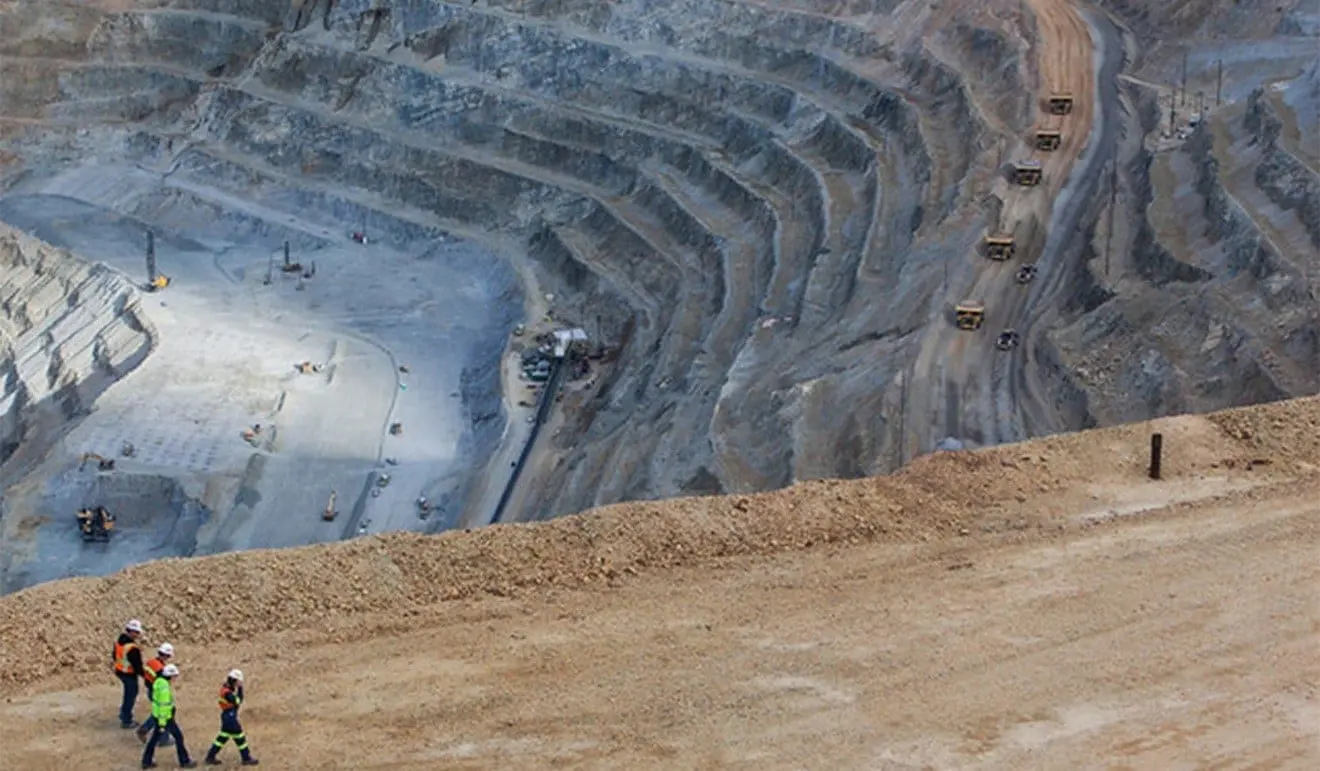
Mountain Pass Mine
MP Materials Mountain Pass Mine in California is the only mine in the United States that is currently producing rare earth elements. This collection of 17 minerals hold the key to the green technologies of the future. They are essential components for electric vehicles, wind turbines, drones and so much more. The rare earth elements mined at Mountain Pass will help create a greener, more sustainable future for the world.
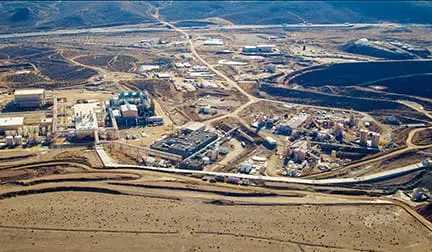
Gudai-Darri Mine, Pilbara Australia
In Australia’s Pilbara Region is one of the most technologically advanced mines in the world. Rio Tinto’s Guadai-Darri Mine will optimize mine safety and productivity through the unprecedented deployment of technology including robotics for ore sampling and autonomous trucks, trains and drills. Much of the equipment will be operated from operation stations located hundreds of miles from the mine using some of the most advanced technology available.
Civil Engineering Activities

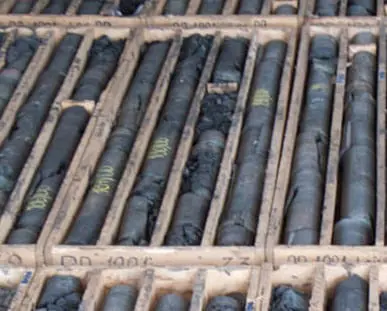
1. US Bureau of Labor Statistics
https://www.bls.gov/ooh/architecture-and-engineering/mining-and-geological-engineers.htm

